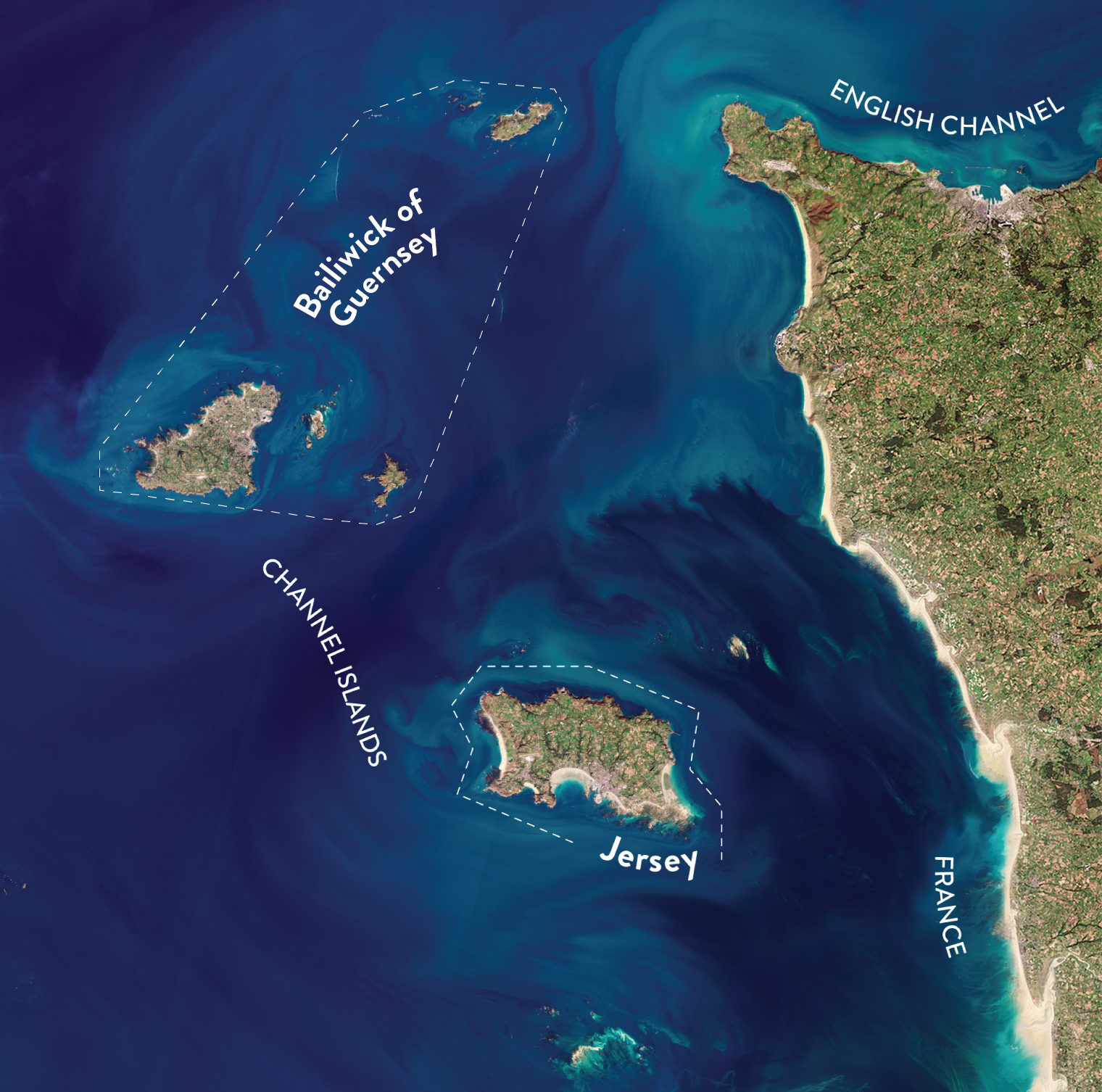THE CHANNEL ISLANDS
Séyiz les beinv’nu(e)(s)! Bian v’nue a tous!
The Channel Islands (“the Islands”) comprise the Bailiwicks of Guernsey (Guernsey, Alderney Sark) and Jersey, each of which is a self-governing, autonomous dependency of the British Crown. The Islands have a combined population of approximately 170,000. They are located just off the Northwest coast of France, in the English Channel, but geographically closer to the coasts of Brittany and Normandy.
The Islands have a direct allegiance to the British Crown which dates back over 800 years. Whilst working closely with the UK government, the Islands are not part of the UK, are not represented in the UK Parliament (Westminster) and receive no financial subsidy from the UK government; they also have a different relationship with the UK to that of the Overseas Territories. As self-governing parliamentary democracies, the Islands have the power to determine their own laws, set their own taxes, and hold elections.
Despite being Crown Dependencies, framework agreements signed in 2007 and 2008 recognised that Jersey and Guernsey have international identities which are distinct from that of the UK. Channel Islanders are British citizens. However, local communities of Madeiran, Polish, Romanian, Latvian, British and many other backgrounds enrich the Islands and open-up opportunities to create new cultural identities and fresh connections.
The King is the Head of State, and the Lieutenant-Governor in each Island acts as His Majesty’s personal representative. Guernsey’s economy is based on financial services, tourism, manufacturing, horticulture, construction and retail. The Island’s GDP for 2021 was £3,446 million. Jersey’s economy is also based on financial services, agriculture and tourism, and growing in digital. Its GDP for 2021 was GBP 5.087 million. The Channel Islands are part of the Common Travel Area (CTA) which includes the UK, the Channel Islands, the Isle of Man, and the Republic of Ireland.


